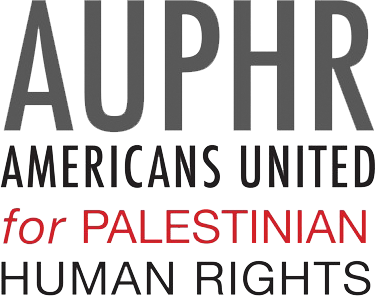- Details
- Written by B'Tselem B'Tselem
- Published: 12 January 2021 12 January 2021
The Israeli human rights group B'tselem has issued a new report about Israel's apartheid regime, as their Executive Director, Hagai El-Ad, said, "Today, B’Tselem releases its position paper: A regime of Jewish supremacy from the Jordan River to the Mediterranean Sea: This is apartheid. It is the first time in B’Tselem’s more than thirty-year history, since its founding in 1989 during the first intifada, that we publish an analysis addressing reality in the entire area controlled by Israel rather than only the Occupied Territories."
We are not doing this hastily or frivolously, but following an in-depth analysis of the facts. Facts, that show that the concept of Israel as a democracy (within the Green Line), with temporary military occupation next door (beyond the Green Line), is clearly divorced from reality. Worse still, this framing normalizes the lie that these are two separate regimes rather than one. It forever pushes the moment of reckoning, when we have to face facts and admit that the temporary has become permanent, into a future that will never come.
More than 14 million people, roughly half of them Jews and the other half Palestinians, live between the Jordan River and the Mediterranean Sea under a single rule. The common perception in public, political, legal and media discourse is that two separate regimes operate side by side in this area, separated by the Green Line. One regime, inside the borders of the sovereign State of Israel, is a permanent democracy with a population of about nine million, all Israeli citizens. The other regime, in the territories Israel took over in 1967, whose final status is supposed to be determined in future negotiations, is a temporary military occupation imposed on some five million Palestinian subjects.
Over time, the distinction between the two regimes has grown divorced from reality. This state of affairs has existed for more than 50 years – twice as long as the State of Israel existed without it. Hundreds of thousands of Jewish settlers now reside in permanent settlements east of the Green Line, living as though they were west of it. East Jerusalem has been officially annexed to Israel’s sovereign territory, and the West Bank has been annexed in practice. Most importantly, the distinction obfuscates the fact that the entire area between the Mediterranean Sea and the Jordan River is organized under a single principle: advancing and cementing the supremacy of one group – Jews – over another – Palestinians. All this leads to the conclusion that these are not two parallel regimes that simply happen to uphold the same principle. There is one regime governing the entire area and the people living in it, based on a single organizing principle.
When B’Tselem was founded in 1989, we limited our mandate to the West Bank (including East Jerusalem) and the Gaza Strip, and refrained from addressing human rights inside the State of Israel established in 1948 or from taking a comprehensive approach to the entire area between the Jordan River and the Mediterranean Sea. Yet the situation has changed. The regime’s organizing principle has gained visibility in recent years, as evidenced by the Basic Law: Israel – the Nation State of the Jewish People passed in 2018, or open talk of formally annexing parts of the West Bank in 2020. Taken together with the facts described above, this means that what happens in the Occupied Territories can no longer be treated as separate from the reality in the entire area under Israel’s control. The terms we have used in recent years to describe the situation – such as “prolonged occupation” or a “one-state reality” – are no longer adequate. To continue effectively fighting human rights violations, it is essential to examine and define the regime that governs the entire area.
This paper analyzes how the Israeli regime works to advance its goals in the entire area under its control. We do not provide a historical review or an evaluation of the Palestinian and Jewish national movements, or of the former South Africa regime. While these are important questions, they are beyond the purview of a human rights organization. Rather, this document presents the principles that guide the regime, demonstrates how it implements them and points to the conclusion that emerges from all of this as to how the regime should be defined and what that means for human rights.
https://www.btselem.org/publications/fulltext/202101_this_is_apartheid
